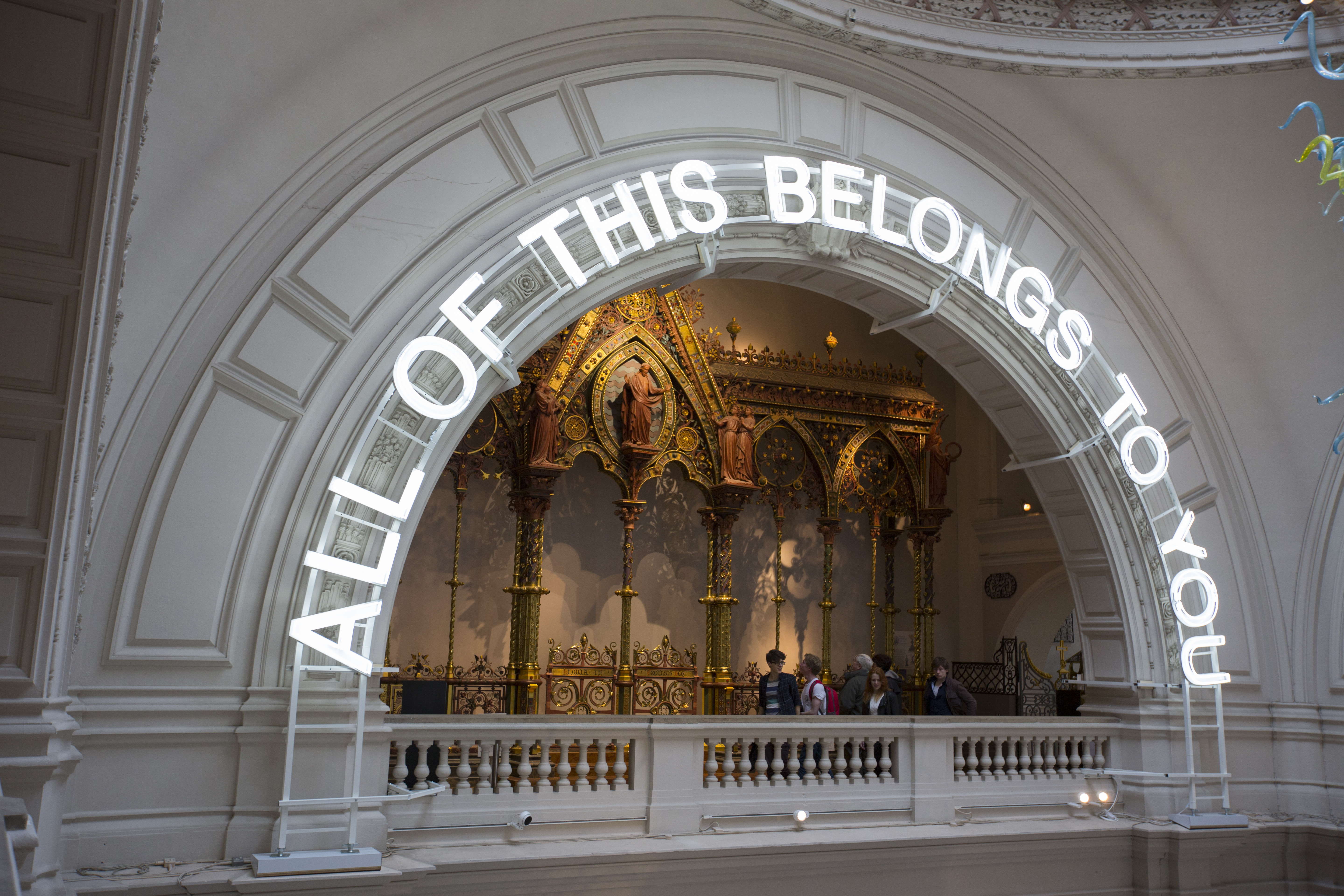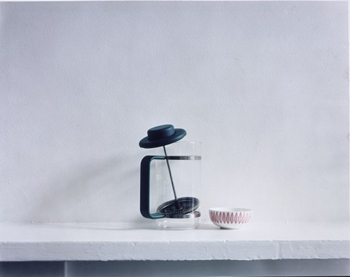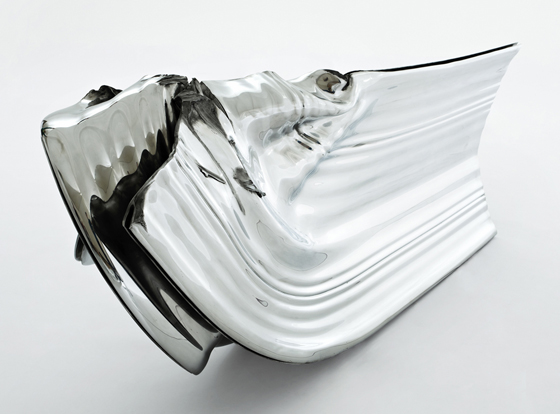Disobedient Objects
26 July 2014–1 February 2015
Victoria and Albert Museum
Cromwell Road
London SW7 2RL
www.vam.ac.uk
#DisobedientObjects
The V&A presents the first exhibition to explore objects of art and design from around the world that have been created by grassroots social movements as tools of social change from the late 1970s to the present. Disobedient Objects demonstrates how political activism drives a wealth of design ingenuity and showcases forms of making that defy standard definitions of art and design. The objects on display are mostly produced by non-professional makers, collectively and with limited resources as effective responses to complex situations.
Many of the exhibits are loaned directly from activist groups from all over the world, bringing together for the first time many objects rarely seen before in a museum. Context is provided by newspaper cuttings, how-to guides and film content, including interviews and footage of the objects in action. Each design is accompanied by the maker’s statement to explain how and why the object was created.
The first part of the exhibition introduces the design of activist objects in relation to four ways of effecting social change: direct action, speaking out, making worlds and solidarity. A specially commissioned film explores the history of ‘lock-ons’—simple yet ingenious blockading devices designed to attach activists to the site of protest. Large shields employed on the front line during the 2010–11 protests against education cuts were decorated to look like book covers, thereby changing the dynamic of the police’s confrontation with protestors. This design idea spread to similar protests around the world, as it was such a powerful statement.
The way that protestors convey their message to avoid censorship and navigate the power of the media is considered. Giant puppets have long been a tool of social movements, and a tableau of three puppets used in protests against the first Gulf War by the politically radical US-based Bread and Puppet Theater are included. Recently, simple pamphlets, placards and banners have been re-worked for the modern world and used in conjunction with social media. A selection is shown, including a hand-painted placard made by gay rights activists in Russia and used in the anti-government demonstrations in Moscow in 2012. A series of defaced currency is displayed including ‘Occupy George,’ dollar bills circulated with fact-based info-graphics about the economic disparity of the US.
The maps and architectural experiments of protest camps illuminate the physical infrastructures that enable protest movements. The inflatable general assembly structure devised by 123Occupy offers protestors a place to gather, keep dry and discuss strategies and ideas. Meanwhile, a makeshift tear gas mask from the 2013 Istanbul protests, demonstrates a creative solution to support an individual protestor.
Creating a personal connection to a collective cause or identifying with an injustice can be an essential part of building a movement. This solidarity can be demonstrated by even the smallest objects. On show are badges and t-shirts bearing the inverted pink triangle used by the AIDS Coalition to Unleash Power (ACT UP), as well as a display mapping how anti-Apartheid badge designs spread in the 1980s from South Africa to solidarity groups around the world. There are pieces of jewellery design by members of the Black Panther party while in prison and sent to supporters.
The final part of the exhibition profiles a series of case studies in protest design from the last 30 years. This section opens with a data-visualisation mapping every protest since 1979. The case studies include masks of the Guerrilla Girls who speak out against sexism in the art world, and the Tiki Love Truck, an anti-death penalty statement which takes the form of a mosaic-covered pick up vehicle by artist Carrie Reichardt. A web-based comedy series by Masasit Mati using finger puppets to lampoon the Assad regime in Syria will be displayed as well as a project by the Barbie Liberation Organisation, which involved switching the voiceboxes on talking GI Joe and Barbie dolls to highlight gender stereotypes in children’s toys. The whole space is hung with banners drawn from a diverse range of protest sites, including the 1980s Greenham Common Women’s Peace Camp in the UK to recent anti-nuclear protests in Japan.
Admission is free.






